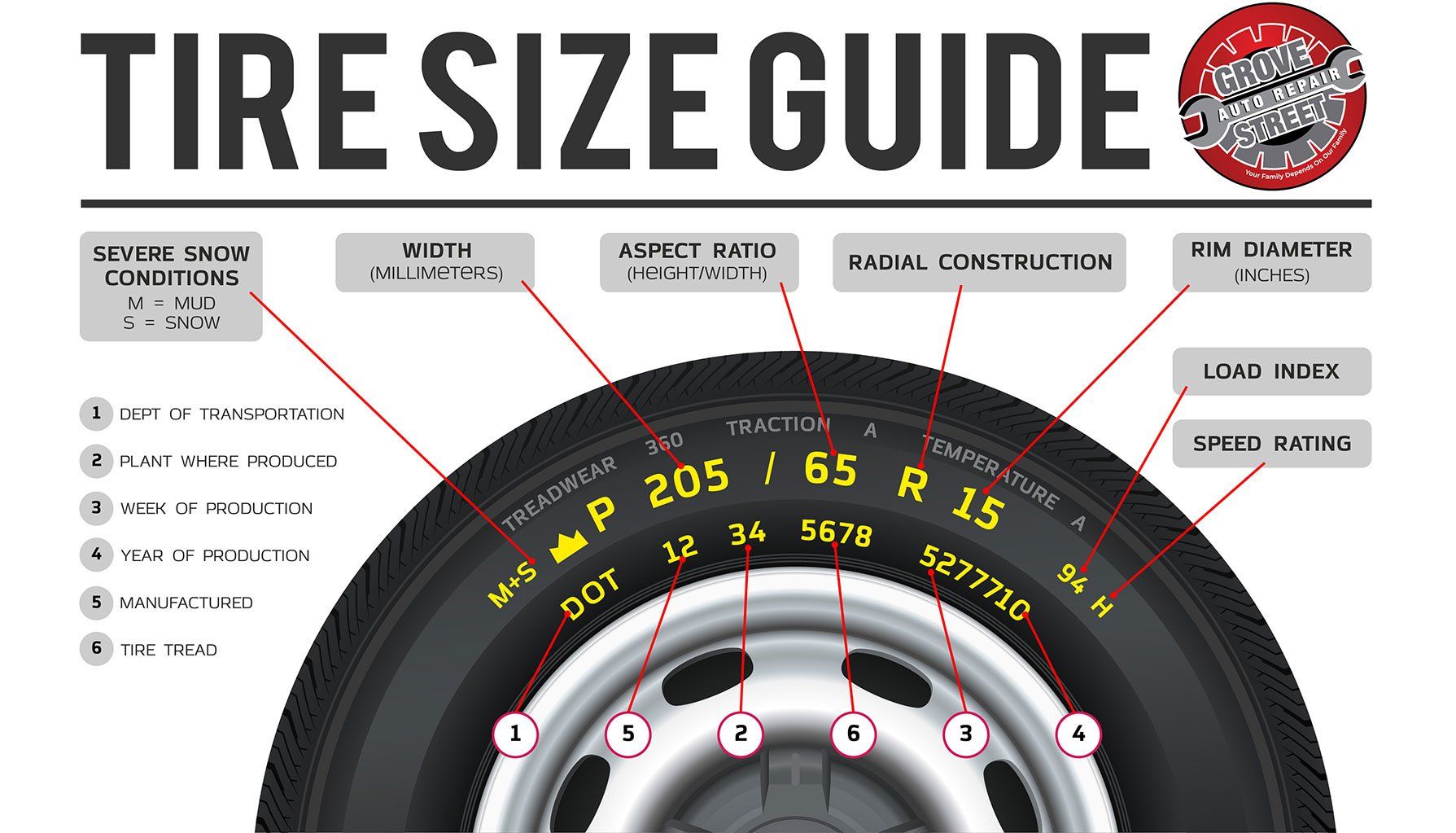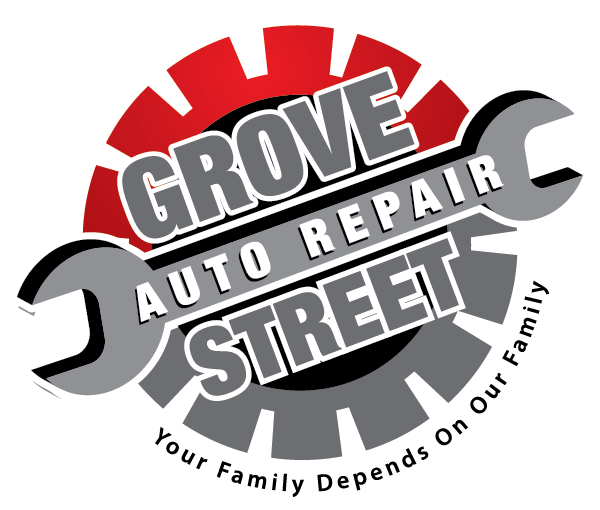Tires

Grove Street Auto Repair is a full service shop that offers fast and reliable auto repairs and maintenance. Whether you need your transmission and brakes serviced, your wheel alignment checked, or your tires repaired OR REPLACED, you’ll find everything you need and more in our one-stop shop.
TIRE REPLACEMENT
When should you get your tires changed? Just swing by and we will let you know. A new tire has about 11/32nds of tread. When a tire gets down to 4/32nds, it’s time to put them on your radar and at 2-3/32nds, it becomes a bit more urgent. A tire that has 2/32nds or less will not pass the annual Massachusetts safety inspection.
Tread loss is a sign that you need new tires. Treads or tread blocks are the pieces of rubber protruding from your tires. They come in contact with the ground and allow for smoother acceleration and faster braking. The treads on your tires are what give your vehicle a better ‘grip’ on the road. Your tires lose traction when they’re old or worn down, which is dangerous on wet or icy roads. A weird noise or a bumpy ride can also indicate that something is wrong with your tires. This is a sign to have them checked. Go to a reliable auto service shop for your tire installation needs.
WHAT TO KNOW BEFORE BUYING NEW TIRES
Check every letter and number of the tires you plan to buy. The best tires are always the original equipment tires your vehicle came with, replacing them with the same ones or something similar is ideal. If you purchased the used car and are not sure what the manufacturer put on, the size and speed rating is printed on a sticker on your driver's side door jam.
Don’t choose tires that have an index lower than recommended by your vehicle’s manufacturer.
Pay attention to a tire’s fuel efficiency grade as this may mean the difference between saving and wasting money.
Ask your trusted tire expert at Grove Street Auto Repair for recommendations on less noisy tire models if you live and/OR drive in the city.
Do proper research and opt for well-established tire brands from reputable sellers.
Ultimately, the right tires can influence the quality of your ride and determine your safety on the road.

TIRE CODE
Whether you drive a car, truck, or trailer, it’s important that you know what kind of tires your vehicle uses and what type of tires serve your needs. Check your owner’s manual for the original equipment tire size recommended by your vehicle’s manufacturer, or simply take a look at what you have. You’ll notice some letters and numbers on the sidewalls of your tires. Here’s what they mean:
Tire type.This is indicated by the first letter on your tire.
P
stands for passenger vehicle tire,
LT
light truck tire, and
ST
means special trailer tire.
Tire width.
Your tire width is indicated by the three digits following the tire type. This is usually measured in millimeters.
Aspect ratio.
After the slash following the tire width, you’ll find two digits that represent the aspect ratio. This is the measurement of the height between the wheel rim and the top of the tread, expressed in percentage of the tire width.
Construction type. The letter that follows indicates the internal construction of your tires.
R
stands for radial tires,
B
for bias-belt tires, and
D
or “—” for diagonal or bias-ply tires.
Rim diameter.
The next two digits indicate the diameter of the wheel the tire works best on, in inches.
Load rating.
The two or three digits that follow the wheel diameter indicate the load index, or how much weight each tire can support. Simply multiply it by four to get the full number.
Speed rating.
The last letter indicates your tire’s speed index, or the top speed your tires can dissipate heat for a certain period of time. Rubber wears down faster the more heated it is, so you risk tire failure when you exceed the maximum speed rating of your tires.


